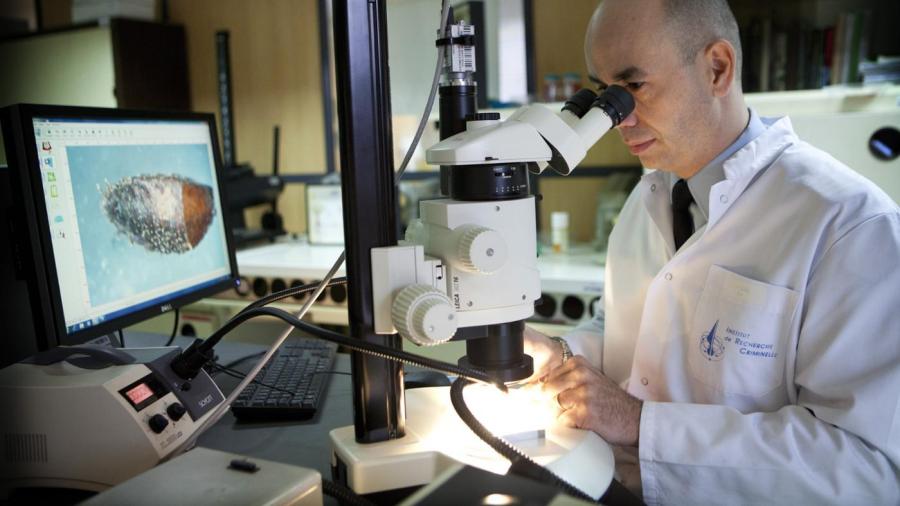What Are Some Famous Forensic Entomology Cases?

Some famous forensic entomology cases include the cases of Paul Bernardo, David Westerfield and Ronald Porter. The forensic entomology information was presented in trial, but was not always used by the judges due to the constraints on forensic entomology.
Typically, forensic entomology is used to give a time of death for a murder victim. Some of the species of insects that colonize corpses have very specific life cycles. Forensic entomologists must first determine the species of maggot that is present on the corpse. They must then match that up to a specific part of the insect’s life cycle. This allows the entomologist to work backward and determine the date of death for a discovered corpse.
In the case of David Westerfield, the forensic entomology data was not used in his conviction. The professional entomologists who were consulted on the case gave widely varying dates for the death of the young victim, and some of the estimates even occurred during dates that were impossible. However, Westerfield was convicted based on other evidence in the case.
In the case of Paul Bernardo and his accomplice Karla Homolka, the forensic entomology information was much more specific and was used to pinpoint the time of death of one of the victims.
Ronald Porter was also convicted of murder after the forensic entomology data was able to establish a time of death for his victim.





